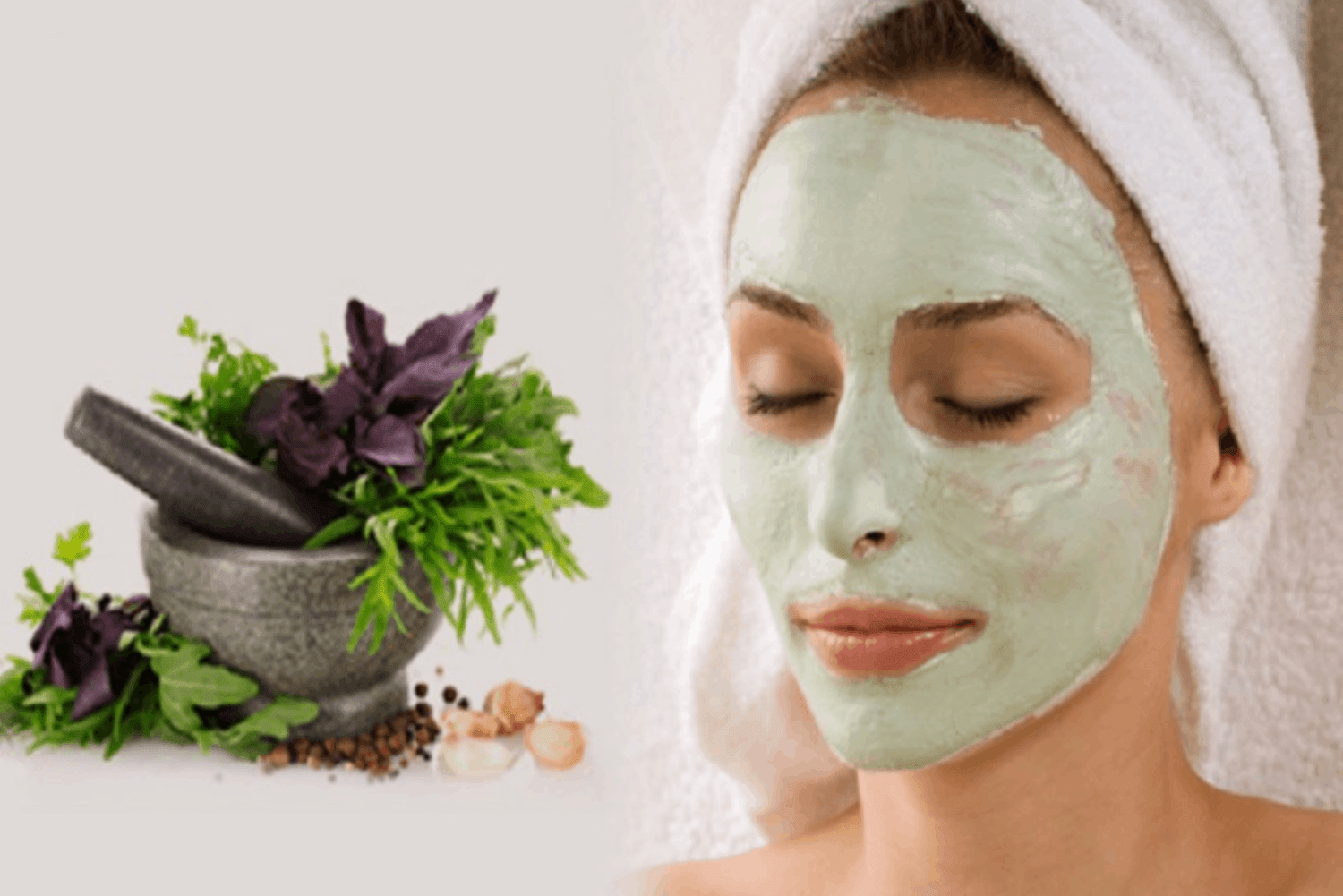Ayurveda and Skin
Ayurveda Skin • 14 Apr,2025

Introduction: Ayurveda is an ancient Indian system of medicine, which offers a holistic approach to health and well-being of a person. In Ayurveda skin is called as twacha or charma.Skin is the largest organ of human body. It plays an important role in keeping normal human physiological conditions.Synonym of skin in ayurveda: tvak, tvacha, charma , Sparshana, chavi, etc.Tvak Utpatti: In Ayurvedic text, it is stated that skin starts developing from the third month of intrauterine life. anatomy of skin according to Ayurveda. ayurveda has described in detail about tvacha it’s layers, diseases which affect each layer and its treatment modalities.There are seven layers of tvak namely:Avabhasini (Stratum Corneum) – this is the first layer of skin and it provides colour to the skin this layer measures about 1/18th part vrihi (rice grain). Diseases which affect this layer are Sidhma (small ulcers) and Padmakantaka (Pemphigus Mollaceous)Lohita (Stratum Lucidum) – The second layer of Twacha which measures about 1/16 part of vrihi (rice grain). diseases which affect this layer are of tila kaalaka (Moles), nyachchha (Pimples) and
vyanga (Melasma).Shwetha (Stratum Granulosum) – The third layer of Twacha which measures about 1/12″ part of vrihi (Rice Grain). It is affected by diseases like Charamdala, Ajagalli and Mashaka (Taenia Infection of Skin and Candidiasis).Tamra (Stratum Malpighi)- The fourth layer of Twacha which measures about 1/8″‘ part of vrihi (Rice Grain ). It is manifested with disease like Vividha Kilasa (Lepromatous)and Kustha (Tuberculoid Leprosy).Vedini (Papillary Layer)- The fifth layer of Twacha which measures about 1/5″ part of vrihi. This layer is affected with
various kinds of Kushtha (Leprosy) and Visarpa (Erysipelas).Rohini (Reticular Layer)- The sixth layer of Twacha which measures about one vrihi (Rice Grain ). It is manifested with Granthi (Varicose Veins), Arbuda (Tumors), Shlipada (Filariasis), Galaganda (Goiter)Mamsadhara (Hypodermis Layer)- The seventh layer of Twacha which measures about two vrihi (Rice Grain). Diseases like Bhagandara (Fistula-in-ano), Vidradhi (Abscess), Arshas (Piles) are manifested in this layer.Kriyatamaka aspect of Twacha (functions of skin): In Kriyatamaka aspect, to examine the role of skin, we will have to assess the effects of dosha, dhatus and malas. In Ayurveda, we use the concept of Dosha .they are the fundamental energy or bio energies that govern the body functions. There are 3dosha like Vata , pitta and Kapha. These doshas are present in body and also in skin.Bhrajaka pitta present in twacha is responsible for lusture of the twacha. Increase of pittadosha in the body results in yellowish discoloration of the twacha whereas its kshaya (decrease) results in the loss of lusture of the twacha. Increase of Vatadosha in the body results in karshanyam(hyperpigmentation / dull complexion) of twacha and increase of kaphacauses shaukalyam(whitish discolouration of skin) and shaityam(coldness oftwacha).Kapha kshaya (Decrease) results in rukshata (Dryness). According to Acharya Charaka, twacha is the mula of mamsavahasrotas and updhatu of Mamsadhatu and Rakta dhatus are indirectly related to twacha. Vitiation of RaktaDhatu leads to skin diseases like Visapra, Kustha, Vyanga (melasma )etc. while in kshaya of Rakta dhatu in the body results in twakaparushyam (rough skin).The presence of shudha Shukra in the body is also reflected by the lusture of the twacha. itself The skin retains water and keeps moist. Thus presence of sweda (sweat) indicates that it is mala (waste product)of twacha which is essential for maintaining the moisture content, tonicity and elasticity of the skin.Decrease of sweda (sweat) results in dryness and cracks in the skin whereas increase of Sweda results in pruritus.Skin disorders: In Ayurvedic Literature, skin diseases are described under kushta RogaThese are of two types-Maha Kusthakshudra kushta.Most common skin disorder which affects face like Mukha dushika (Acne), vyanga (Melasma), Nilika (Hyper pigmentation), dadru (Fungal infection), Chaya (Dull complexion) rukshata of tvak (Dry Skin) etc. treatment modalities; shamana and shodhana chikitsa are indicated in various skin disorder. Internally various Kashaya, vati preparations are given. Locally Muktha abhyanga (face massage) with various herbal oils, followed by swedana (steam) is done. Mukha Lepa (herbal paste) is applied to face which is prepared out of various herbs. Shodhana chikitsa like Vamana (emesis), Rakta mokshana (blood letting) nasya(nasal drops)are done.Conclusion: To understand the various disorders of skin knowledge about the various layers and its functions are important . skin is also used as a diagnostic tool to assess various conditions which affects the body
